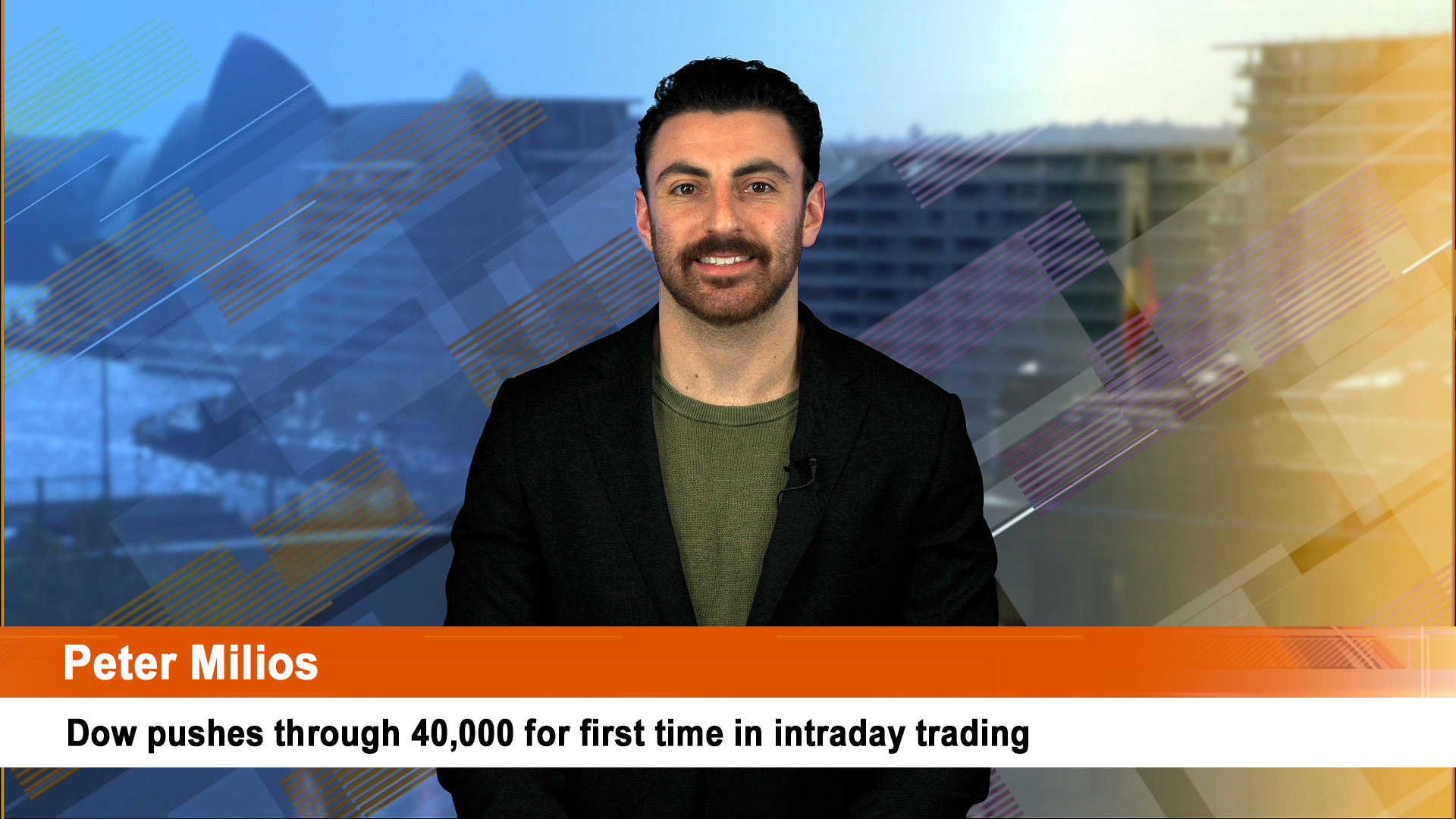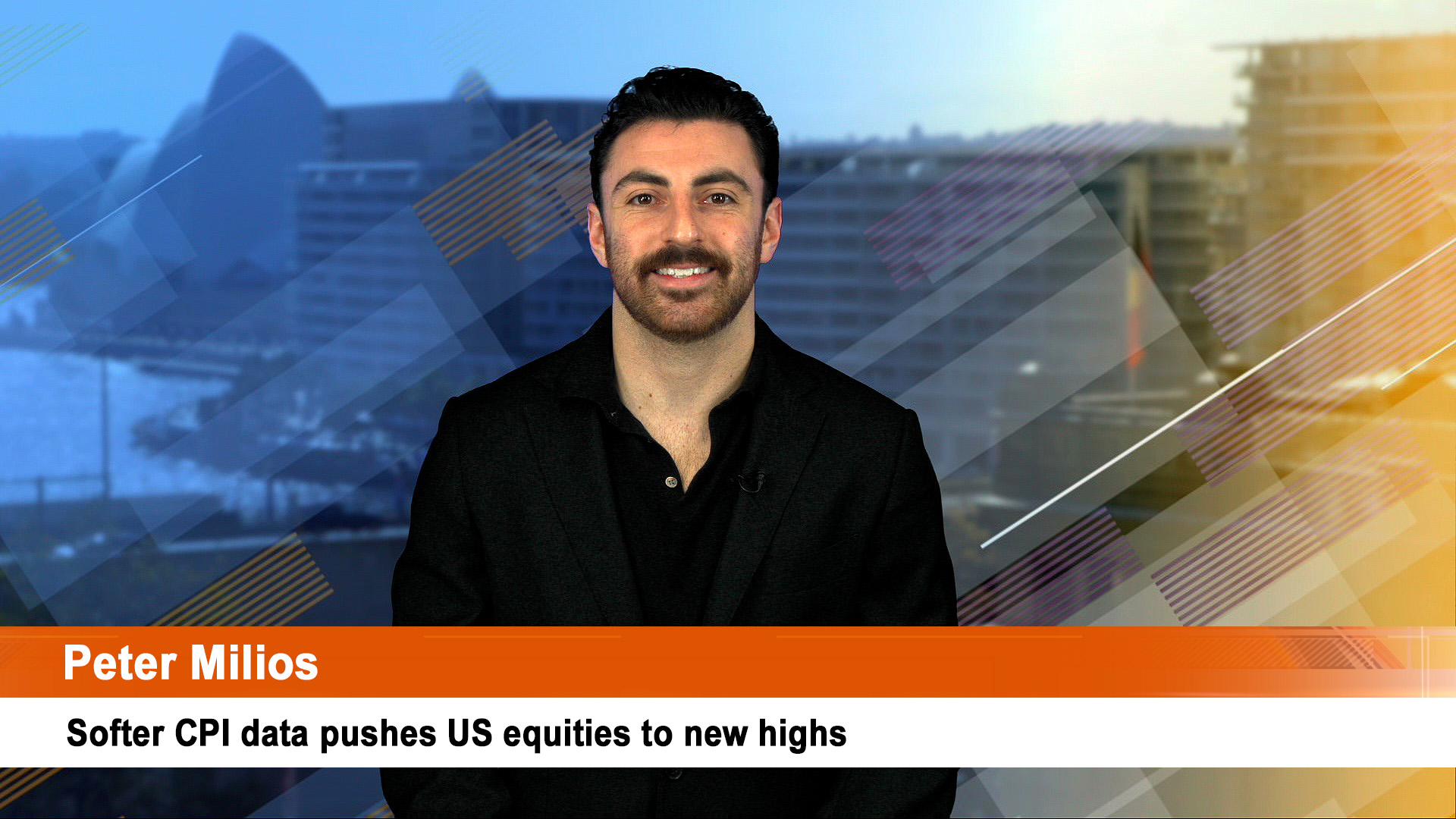Australian inflation in the March quarter dominates markets here this week which will feed off the growing fears that the Fed’s looming big rate rises will drag economies down into a slower growth path or even recession in the case of the US in 2023.
High oil prices and events in Ukraine will again be a big part of the mix, as will the positive reaction to the French Presidential election win by Emmanuel Macron on Sunday.
Earnings in the US, Europe, UK, China and Japan hit a peak this week – more than 8,400 companies around the world are due to release – close to 180 majors in the US alone.
But for Australian markets it will be the March quarter Consumer Price Index (CPI) report on Wednesday that will be the big news – especially in an election year.
The AMP’s chief economist Shane Oliver says “We expect the CPI to rise by 1.7% quarter on quarter (qoq) or 4.6% year on year (yoy) driven in particular by a 9.5% rise in petrol prices, a strong rise in food prices not helped by the floods and the war and a surge in home building costs.
He sees the RBA’s core inflation measure – the trimmed mean measure of underlying inflation up a strong 1.2% qoq to a 3.4% annual rate.
“Various business surveys, the Melbourne Institutes’ Inflation Gauge and numerous anecdotes of prices hikes in the quarter for everything from fridges to canned good point to another high inflation reading with the risks on the upside to our forecasts,” Dr Oliver wrote at the weekend.
“As a result, inflation is likely to come in well above implied RBA forecasts for a 0.7-0.8%qoq rise in the CPI and underlying inflation. “
Economists at Moody’s expect headline CPI growth to have accelerated to 4.1% yoy from the December quarter’s 3.5%, driven by higher fuel, food and housing costs.
“Underlying inflation also likely gathered steam in the March quarter to 3% y/y, up from 2.7% in the December quarter. We expect the March quarter inflation print will be the trigger for the Reserve Bank of Australia to bring forward its guidance for the cash rate to rise as early as May.”
That would be in the middle of an election campaign (emulating the 2007 rate rise from the RBA). Most other economists say June will see the first increase and depending on the size of the CPI rise, some don’t rule out a half a per cent jump to make the bank’s policy stance quite clear.
Dr Oliver, after tipping June as the start of rate rises, now wonders if May might see a rise “another blowout inflation outcome in line or higher than our forecasts would suggest it should really start hiking in May” he wrote at the weekend.
Not too many other data releases this week but producer prices on Friday will give us a good idea how deep the inflationary pressures have embedded themselves in the economy.
…………
In the US there’s some important releases – the first of three estimates of March quarter GDP – 1% – down from 6.9% in the December quarter.
There’s also the Personal Consumption Expenditure measures of inflation and consumer activity – both are the Fed’s favourite statistics along with the labour force data and consumer and producer inflation reports.
There’s also durable goods orders and consumer confidence updates.
The US March quarter earnings season has its biggest week with nearly 180 S&P 500 companies due to report (See separate story).
In the Eurozone March quarter GDP data on Friday is likely to have been depressed by the start of the war in Ukraine with the consensus expecting a 0.3%qoq rise or 5.1%yoy. April inflation data is likely to show a further acceleration along with unemployment and market and political reaction to the French election result
Thursday’s Bank of Japan meeting is likely to leave its extremely easy monetary policy on hold but will be watched closely to see whether it maintains its yield curve control in the face of the falling Yen. Jobs data is due later today and industrial production data is due Thursday.
China’s business conditions activity surveys for April due on Friday and Saturday will show the economy slid further into contraction, confirming the damage President Xi Jinping’s Covid-zero elimination policy is causing, especially in Shanghai where a desperate government is erecting wire mesh barriers to keep people in their homes and streets and stop movement.
March quarter GDP for South Korea is out later today as well and is likely to show a mixed result.













